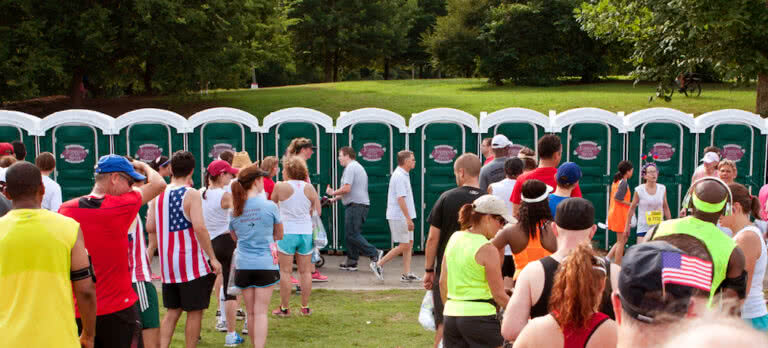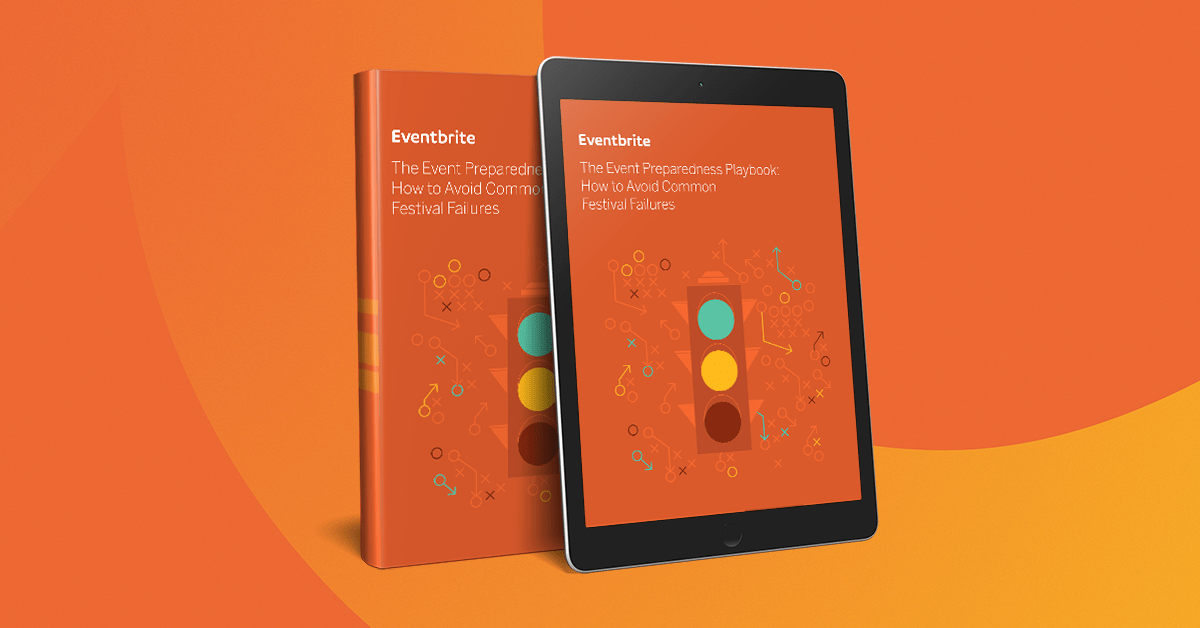The best event idea in the world doesn’t matter if you can’t execute properly. Whether you miss a little detail in the early planning stages or neglect to think through onsite logistics, the outcome is the same.
If you attract people to your event and then let them down with the experience onsite, you’ve got an uphill battle to pull off an event that leaves attendees wanting to come back year after year. Here are five event planning fails, and what you can do to avoid them.
1. You didn’t stick to a budget
Whether you’re creating a large beer festival or a small arts event, you’ve got a budget — and you can’t ignore it. Blow your budget on the wrong thing, and you’ll be stressing out about how to stretch the last of your funds.
Putting together a rough budget is key. And updating that budget regularly is critical to making sure you’re not going over. Have a contingency figure in your budget to provide a buffer, just in case you need to add something to your event at the last minute.
And make sure you’re spending wisely by reading this guide to identify technology that can help you get the most out of your event budget.
2. You didn’t secure your permits or finalize your paperwork
As you know, securing permits is a headache. And it doesn’t help that each city requires different permits. Whether you need special permission for alcohol licensing, fire zoning, or selling merchandise, nail down your permits as soon as possible. If you don’t, your entire event might be at risk.
Not sure which ones you need? You can search this government website for city and state permits required for your event.
When you’re securing your permits, also check that you’ve completed all necessary paperwork. Insurance policy and liability can be tricky, so have a lawyer review the paperwork before it’s finalized.
3. You didn’t build a site map
As an event creator, you’re juggling thousands of details. Miss too many of those details, and you can tarnish the attendee experience. To help you nail down those details, and to create the best onsite experience, you should build a site map.
Your site map is an actual map that lets you visualize your event. It should include where each vendor, stage, and toilet will go, as well as entrances, exits, and stations like ATMs and storage lockers.
Do a walk-through of where the main attractions will be at different times of the day. Make sure the walkways and spaces are big enough to accommodate the expected crowds. Doing this walk through can help prevent onsite mishaps before they even occur.
4. You didn’t have enough bathrooms
What’s one of the first things people do when they get to your event, and one of the last things they do before they leave? Make a trip to the bathroom.
So if you want to make a good impression, skimping on bathrooms isn’t an option. If your event is outdoors, you should order at least one porta-potty per 100 attendees. And if your event is focused on beer, wine, or spirits, up that number. In general, add 15-20% more if alcohol is being served at your event.
Other tips to avoid #bathroomgate at your event:
- If you’re using porta-potties, make sure they’re getting taken care of multiple times throughout the event — at least three times per day.
- Ensure each stall is stocked (and restocked) with toilet paper, hand sanitizers, and seat covers.
- Scatter bathrooms throughout your event, and place extra toilets by your drink location.
5. You didn’t create a communication plan
Your attendees expect to hear from you early and often. Whether posting pre-event information on your FAQ page or sending day-of information via social media and email, you need to be organized.
If you don’t have a communication plan in place, your attendees will take it upon themselves to create speculation and spread rumors about your event. You can work ahead by creating canned email and social media messages so you’re not starting with a blank page.
With the right methods in place, you can easily avoid typical event planning mistakes that sneak up on even seasoned event creators. For more best practices to resolve inevitable challenges faster, read the Event Preparedness Playbook: How to Avoid Common Festival Failures.





